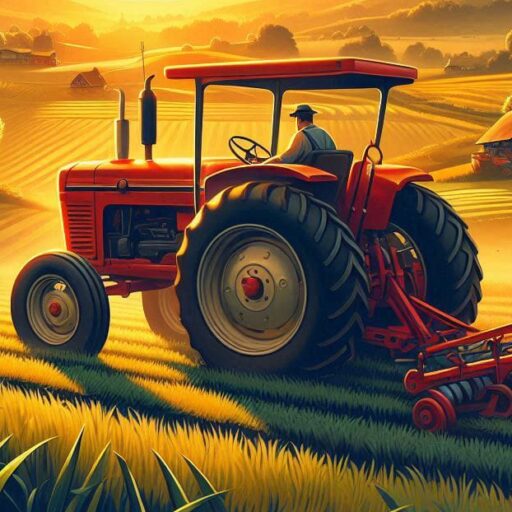AGRON 111 – Fundamentals of Agronomy 4(3+1)
IRRIGATION:
Irrigation is the artificial application of water to the soil to supplement the
rainfall and groundwater contribution to assist the crop production.
Objectives /Importance of Irrigation
- To supply the moisture essential for plant growth.
- For better utilization of production factors. (nutrients)
- To provide crop insurance against short spells of drought.
- To dilute/washout soluble salts
- To soften tillage pans
- Intensive cropping is made possible
- Timely seedbed preparation and timely sowing.
- To create favorable microclimate for crop growth.
- Higher yields as well as stability in production
Method of irrigation
Depending on soil type slope source of irrigation water, nature of crop methods
differs.
- Surface methods of irrigation
a. Flooding
b. Boarder strip
c. Corrugations
d. Check basin
e. Ridge and furrow
f. Ring or basin - Sub- surface methods
- Sprinkler – system.
- Drip/trickle irrigation.
- Quantity of irrigation water depends on rooting depth and water holding
capacity of soil. - Irrigation water can be quantified through weirs, flumes, orifices, water meters
etc.
Scheduling Irrigation
It is a means of supplying water in accordance with the crop needs. It a process of
determining when to irrigate and how much water to apply.
Approaches for Scheduling Irrigation
- Crops differ in their tolerance to depletion of soil moisture:
- Rice: Responds to continuous land submergence or very high-frequency irrigation.
- Potato and most winter vegetables: Require moist conditions (<40 to 50 DASM).
- Small millets and fruit trees (deep-rooted): Show little reduction in yield until nearly all available water is depleted in the most rapid extraction soil depth.
- Irrigation scheduling decisions are made for two main situations:
- Water is expensive: Irrigation should be scheduled to maximize crop production per unit of applied water.
- Good land is scarcer than water: Irrigation should be scheduled to maximize crop production per unit of planted area.
Advantages of Irrigation Scheduling
Irrigation scheduling offers several advantages:
a) It enables the farmer to schedule water rotation among the various fields to minimize
crop water stress and maximize yields.
b) It reduces the farmer‟s cost of water and labor through fewer irrigations, thereby
making maximum use of soil moisture storage.
c) It lowers fertilizer costs by holding surface runoff and deep percolation (leaching) to a
minimum.
d) It increases net returns by increasing crop yields and crop quality.
e) It minimizes water-logging problems by reducing the drainage requirements.
f) It assists in controlling root zone salinity problems through controlled leaching.
g) It results in additional returns by using the “saved” water to irrigate non-cash crops
that otherwise would not be irrigated during water-short periods.
Quality of Irrigation Water
- Salinity: Low salt concentration to avoid soil salinization.
- pH Level: Neutral pH (6.5-7.5) preferred for most crops.
- Toxic Elements: Minimal levels of toxic elements like sodium, chloride, and boron.
- Nutrient Content: Balanced levels of essential nutrients (e.g., nitrogen, phosphorus).
- Suspended Solids: Low levels to prevent clogging of irrigation systems.
- Biological Contaminants: Free from pathogens and harmful microorganisms.
- Hardness: Appropriate hardness to avoid scaling in irrigation equipment.
UNIT –5 Weeds – importance, classification, crop weed competition, concepts of weed management-principles and methods, herbicides- classification, selectivity and resistance,
allelopathy Notes



